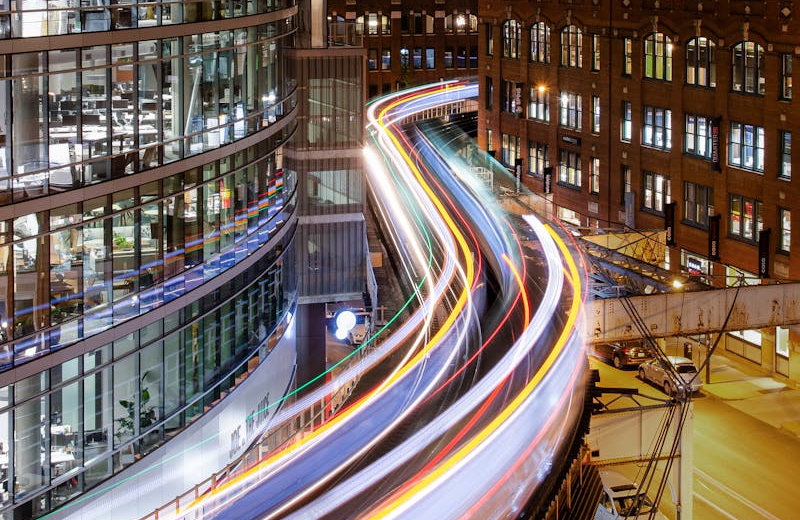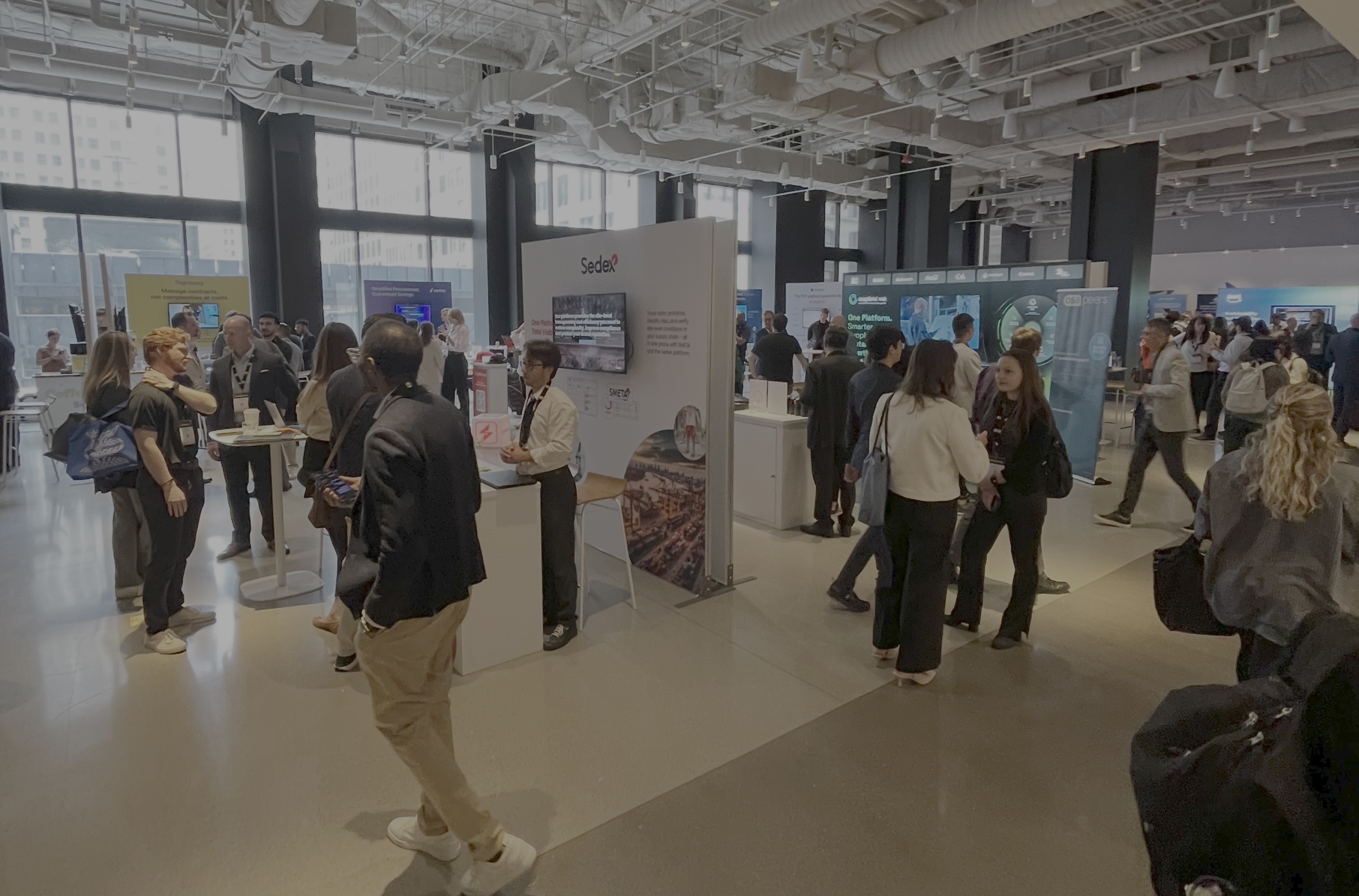Article
Exploring The Future of Urban Mobility: Key Insights from Diffusion PR’s 2025 Report

Urban mobility is the art of moving people and goods through a city. It seems simple, but as you consider all factors—infrastructure, technology, politics, culture—how we navigate cities is a complex subject with an ancient history and an increasingly sophisticated, technology-fueled future.
With several clients working to solve common and underserved urban mobility issues, Diffusion PR took a closer look at evolving consumer sentiment towards mobility issues in the United States’ biggest cities to identify potential solutions. Our pulse check gauged attitudes on pressing issues and found communications will play a major role in adoption. A switch in perspective and focusing on accessibility requires a shift in how we ultimately design infrastructure, and these considerations need to be woven into urban planning.
68% of the global population expects to live in urban areas by 2050, according to UN projections, and the challenges of congestion, pollution and inefficient infrastructure are already reaching critical levels. The need for smarter, more efficient solutions in urban mobility has never been greater. Technology promises more accessible and sustainable solutions but when you consider the many factors at play – crumbling infrastructure, political friction, culture shifts – adoption will be a deciding factor in the growth of futuristic cities.
Accessible – and functional – transportation options
As urban populations continue to become more diverse, ensuring that everyone can easily get around their cities is crucial to growth. This perspective requires we design transportation infrastructure with accessibility and functionality at the forefront, before profit and novelty.
According to Diffusion’s recent data, while urban dwellers are increasingly looking to reduce dependence on driving (47% emphasizing the need for expanded and more reliable mass transit options), that can’t happen with existing infrastructure.
Less than one-fifth (17.8%) of respondents described their city’s transportation and mobility solutions as “highly efficient” and in fact, the same number described it as “struggling” or “inefficient.” Quite the opposite! The reality is, many don’t need the city of the future, they just want accessible and functional transportation options to meet their needs.
Selling in the practical, some might say unsexy, but extremely effective solutions people actually are looking for will be key to winning in the court of public opinion. City infrastructure must be equitable and inclusive, and communicated effectively as such.
Congestion pricing
When NYC kicked off 2025 with its new congestion pricing program, there was an uproar. However, this might be one of the best possible solutions to advancing public transportation projects in NYC, causing other major cities to follow suit. According to city data, congestion pricing in NYC raised more than $100 million for the public transit system over the first two months while reducing the number of vehicles entering the congestion zone by 6 million.
Despite the headlines, half the respondents from New Jersey (50%) and nearly half from New York (45%) showed support for congestion pricing as a way to reduce traffic, fund infrastructure, and ultimately improve urban mobility. If there are positive outcomes tied to congestion pricing, there will likely be more support in the future.
Looking Forward
When asked to rank the most important factors for improving transportation and mobility in urban cities over the next decade, the top 3 responses were:
- Affordability (50.8%)– Making transportation more affordable for everyone, including lower-income communities
- Public transit (47%) – Expanding and improving the reliability of buses, trains, and other mass transit options
- Accessibility (39.3%) – Ensuring transportation options are available and accessible to people with disabilities or those living in underserved areas
Technology (Implementing smart transportation systems, autonomous vehicles, and digital apps for better mobility) ranks lower (23.9%) comparatively, but is ultimately the driver of both affordability and accessibility.
This disconnect highlights the gap communicators must overcome between consumer’s perceptions of what is needed to create progress in cities and what is actually needed. Companies that bridge the gap to tie technological innovations directly to lifestyle improvements, will be at the forefront of the conversation.
To learn more about the future of urban mobility, click here to request your copy of Diffusion PR’s 2025 Urban Mobility Report.





